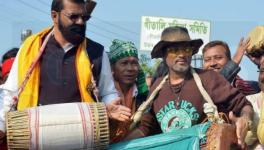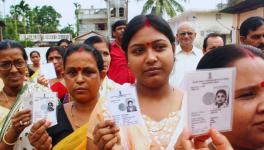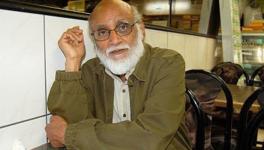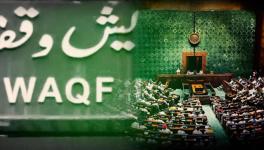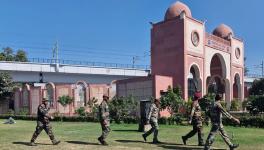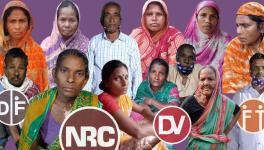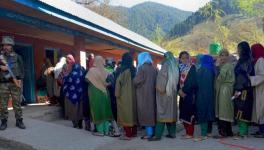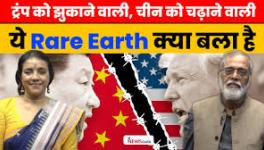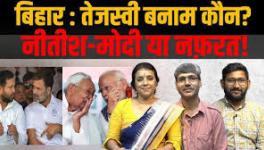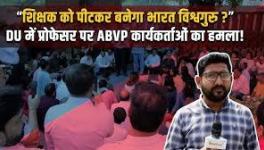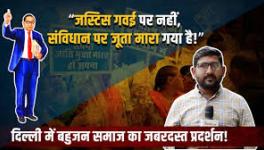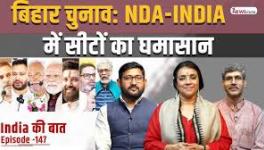From Silence to the Assertion
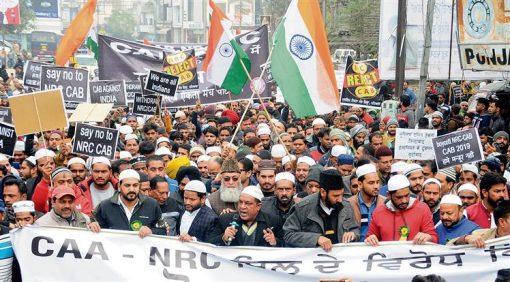
In this article, the authors while discussing the ongoing students and women protests argues how these protests have contributed to the awakening of the Muslim community to stand for their equal constitutional rights and freedoms.
The most unnerving aspect of the Ayodhya verdict was the silence of the Muslim community. The community was dissatisfied with the verdict and felt that justice had not been done, but nobody protested. It had lost faith in its sense of agency, citizenship rights and, the democratic structures and processes in India.
The community was quiet during mob lynching, witnessing deaths of its members under false allegations of cow slaughter, abrogation of Article 370 and even when National Register of Citizens (NRC) was implemented in Assam.
The scenario started changing with the passing of the Citizenship Amendment Act, 2019 (CAA). The message of the hurried process was clear. The government wants to take ahead its agenda of making a Hindu Rashtra – a Rashtra, which has a place for foreign non-Muslim refugees but not for Muslims.
People lost-faith in the avenues available for seeking justice after witnessing the cases of sedition; suicide of Rohith Vemula; cuts in the funding of universities; fees hike and withdrawal of courses and scholarships.
The major driving force behind protests were visible ruptures in democracy and a fear that India in the 2020s may become the Germany of the 1930s. The sacred book of democracy, the Constitution, was found to be under attack and the state apparatus unconstitutional.
Brutality on students, women protesting on streets
The Police atrocity on the students of Jamia Millia Islamia and Aligarh Muslim University was the last straw. In these universities, Police forcibly entered the campuses and beat the students brutally, both male and female. But this brutality failed to deter the students, who continued with their protest. This courage to stand by the threat to life and physical brutalities was appreciated and resulted that students across the country come on streets to protest in solidarity.
In the face of the state – which is taking side with its ideologues and Police and finding faults with the victimized students, yet another group of protesters came out on the streets – women. Troubled with the present and the future prospects of their children, they came out and sat on Dharna, occupying public space in their attempt to draw attention to their plight and larger democratic issues and challenged.
It is important to note that both the protests by the students and women are democratic in nature, operating in the constitutional framework, and narrating the Preamble of the Constitution. Holding forth the pictures of national leaders like Ambedkar and Gandhi, both the protests are non-violent also. One demanding the constitutional justice and the other drawing attention on the injustice being inflicted on the Muslim community by the state and its agents.
The student movement, however, is proactive in demanding its constitutional rights while the women occupying the streets are trying to win over an empathetic understanding of the wider society towards their citizenship rights especially in light of CAA, National Population Registration (NPR) and National Register of Citizen (NRC).
Fight to regain rights
Both the movements have a significant population from the Muslim community who had been silent after partition, politically losing all rights to demand their citizenship dues. The community got compromised and muffled with every case of discrimination; with the denial of justice in every case of mob lynching; and with inaccessibility to jobs and quality educational institutions.
Muslim community became quieter not only because the state was alienating but also because the civil society appeared to have found it’s ‘other’ in the Muslim community under the influence of Hindutva ideology. The popular definition of nationalism excluded Muslims.
The silence broke when the young generation of the community was attacked and no hope was left to extend a good future to the young generation. The community realized that no police, court, media or state machinery will come to its aid and that they have to stand on their own.
The realization that they have nothing to lose gave them a voice and a sense of agency. They came out on the street not challenging the repressive state but trying to evoke its good sense and responsibility towards its citizens. They worked towards reminding the state and the civil society of the democratic ideals of equality, fraternity, social justice and secularism – towards which the state is committed.
Re-defining secularism
The movement also redefined the Indian concept of secularism. It brought the concept out of its narrow definition of the relationship of the state and religion in terms of “dharma nirpekshta” or “Sarva dharma sambhav”, where religion was considered a personal matter not supposed to be interfering in the public sphere.
Interestingly in this definition, traditions of religious communities also got defined as religious. No thought was given to the fact that community tradition may not as such be linked to religion or at least may not imply blind unreasonable following of religious philosophy. The narrow interpretation resulted in underplaying or negating religious identities as ‘not secular’.
The movement has to be taken as a movement of an assertion of Muslim identity; an assertion witnessed after almost 70 years of independence. 70 years of being apologetic of one’s identity and of underplaying one’s identity in order to be accepted in the wider society.
In this movement, one witness Muslims occupying public spaces as a ‘Muslim’. Sloganeering for their constitutional rights with their veils on. As stated by a protestor, “Hum Muslim hain. Hum burqa pahante hain. Hum urdu bolte hain. Phir bhi hum secular hain”.
Secularism denotes rational thinking and does not negate following community name and culture. It is against the blind following of religiosity and religious philosophy but does not deny traditional ways of life. Then, how does wearing a veil go against being secular? When a Hindu can wear symbols of religion on his/her head (bindi and ash marks) and can still be called a secular then why not a veil, scarf or a skull cap be treated the same?
Extending the acceptance
The fear that had engulfed the Muslim community appears to be giving way to confidence in being a Muslim and in being a citizen. Assertive participation of Muslims in the movement appears to be stating, we are Muslims and we are proud to be Muslims and are also committed loyal citizens of India.
We are Muslims and we are secular because we reason and do not blindly follow our clergymen, maulvies and mullas. We belong to the Muslim community but we also are individual citizens, we think independently and vote individually.
The assertion of a secular Muslim identity by progressive protesting men and women, working shoulder to shoulder with other community members brought the citizens of India together. These men and women are fracturing the process of ‘othering’ and extending the acceptance of Muslim people as equal citizens in the Indian polity.
Awakening
Further, participation in the movement made the young Muslims politically aware especially of their distance not only from their liberal leaders but also from the religious leaders. The former was too distanced from the community culture, finding faults if not negating the Muslim identity. While the latter distanced the community from the wider society, controlling by strengthening conservatism, enforcing non-secular blind faith rather than building a dialogue with the community culture and the wider society.
The movement unfolds a promise of middle-class rational leaders identifying with the community, its culture and ways of life and representing it on secular platforms as being a ‘Muslim’. These young leaders aspiring secular achievements have a promise to promote the democratic ideals of building dialogue and consensus.
There is no clarity whether the ongoing protests will be able to revoke CAA, NPR and NRC, however, one can openly argue that the protests have brought the Muslims out of their apologetic existence. The protests have given voice to the erstwhile quiet population to strike for the claim on their own identity and rights in a secular democratic framework.
The movement is successful in getting the Muslims accepted in the secular progressive spaces of India as equal and legitimate citizens, removing the tag of being the ‘other’ which made people eye them with suspicion. It is also successful in building cohesion among Indians irrespective of their social status and give them faith in their collective strength and in the people’s power to negotiate with the repressive State.
Above all, the protest has delivered in Muslims accepting their identity as legitimate, not denying or negating their Muslim-ness while being secular.
Ranu Jain is Professor, Tata Institute of Social Sciences, Mumbai & Fahad Ahmad is a Senior Research Fellow at Tata Institute of Social Sciences, Mumbai.
Get the latest reports & analysis with people's perspective on Protests, movements & deep analytical videos, discussions of the current affairs in your Telegram app. Subscribe to NewsClick's Telegram channel & get Real-Time updates on stories, as they get published on our website.









